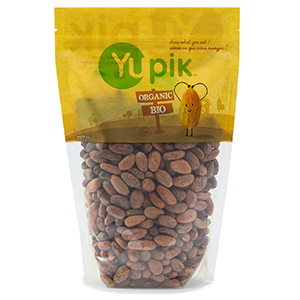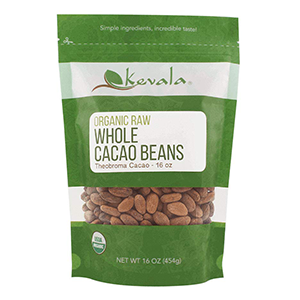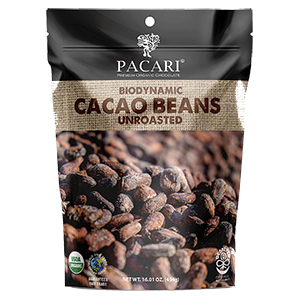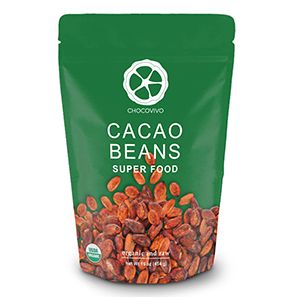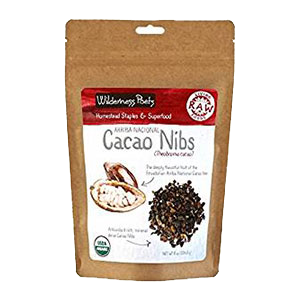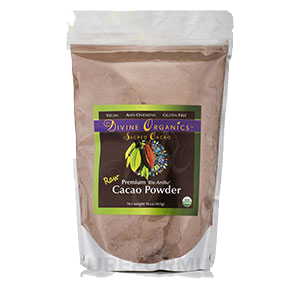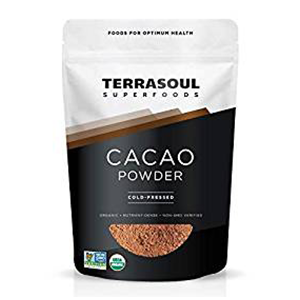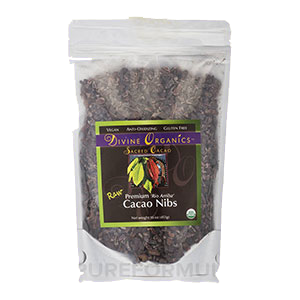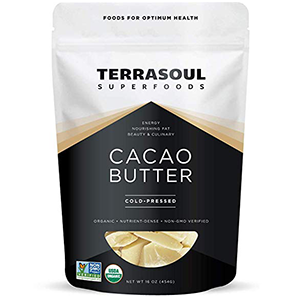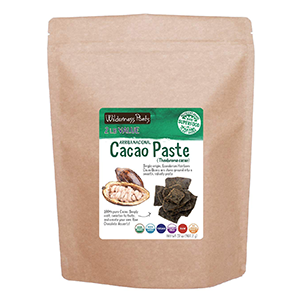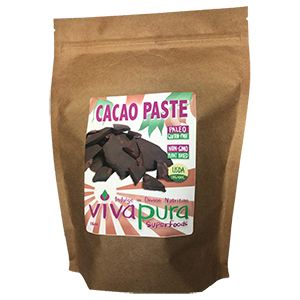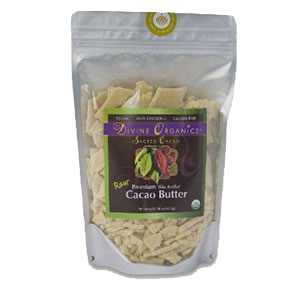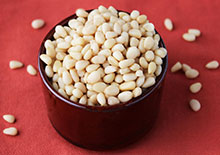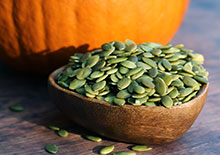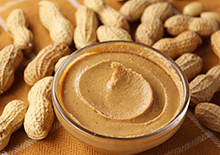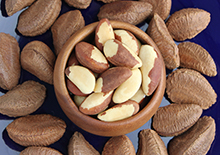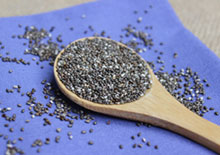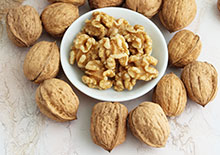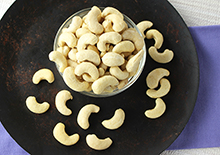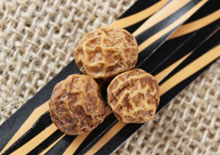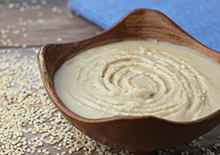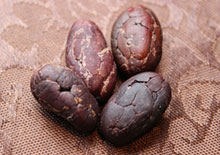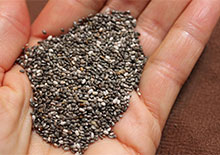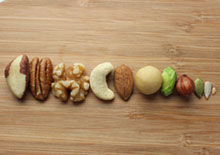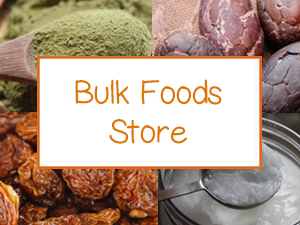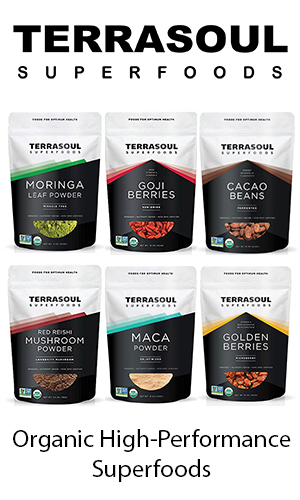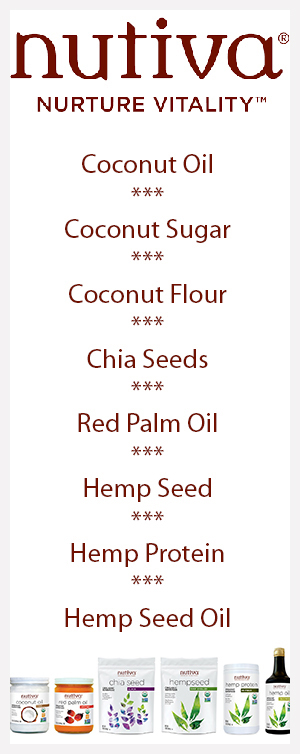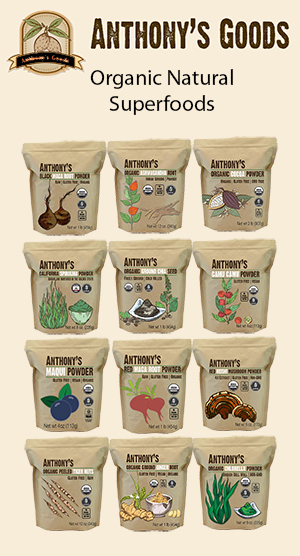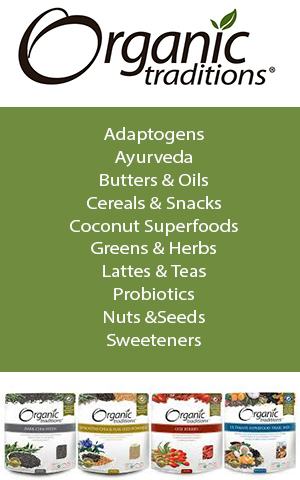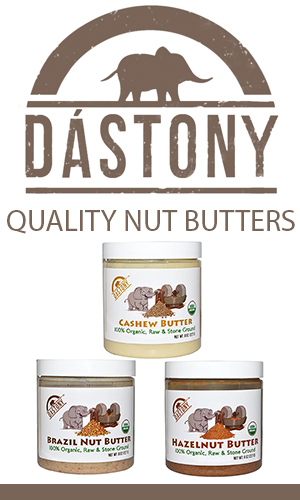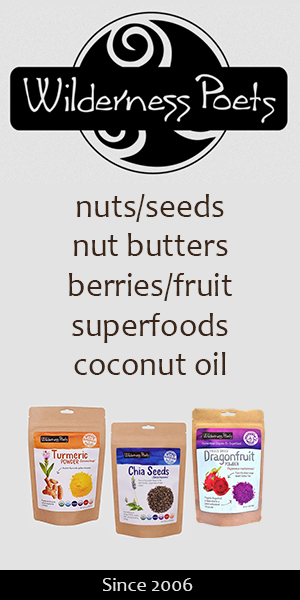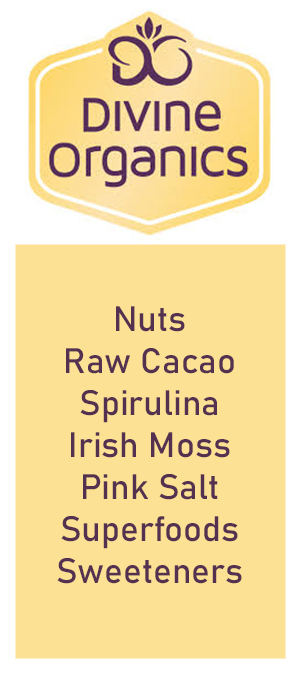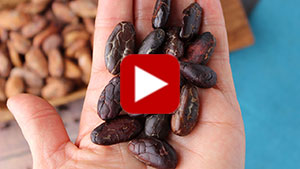- Home
- Nuts and Seeds
- Cacao Vs Cocoa
Cacao Vs Cocoa, Top 6 Differences and Similarities
1) Cacao and Cocoa Come from the Same Species
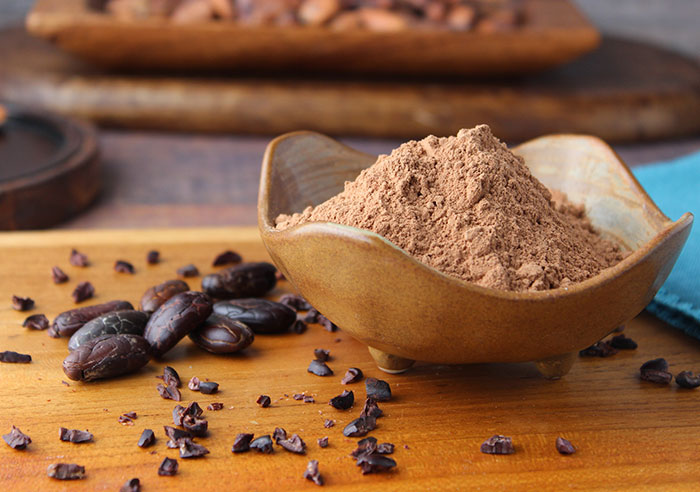
The first basic similarity between cacao vs cocoa is that they come from the same tree species Theobroma cacao, a small evergreen natively dispersed between locations ranging from southeastern Mexico to the Amazon basin.
Cacao (pronounced ka-kow) comes from the nuts or seeds of the trees fruit, which is enclosed within a thick rind called a cacao pod. Typically, a pod contains between 30-50 nuts, or also called "beans", encased within a white fleshy fruit pulp. The nuts as well as the pulp are the only edible portions of the pod itself.
Cacao was highly utilized as a sacred food source by Mesoamerican civilizations. The name "cacao" is believed to be derived from a combination of the Mayan term "kakaw" and the Aztec Nahuatl word "cacahuatl", meaning "bean of the cacao tree".
The name "cocoa" is an early 18th century alternation of the word cacao. Both terms cacao and cocoa, refer to the seeds or nuts of the Theobroma cacao and although they are sometimes used interchangeably, the word cocoa was originally adopted more in European countries.
2) Cacao Vs Cocoa, How They are Prepared
Cacao beans used to make both cacao and/or cocoa both initially go through the same preparation methods.
While both the sweet-tart mucilaginous fruit as well as the beans themselves can be consumed fresh, the beans don't have a chocolatey flavor straight from the pod. They must be fermented.
Although techniques can vary for this process, there are some basic steps involved which transform the beans from white to purple to a dark brown color.
What a properly fermented bean is can vary widely depending on the results
each producer wishes to achieve.
After fermentation, the whole beans can be
utilized with or without the skin as a raw cacao product. Or, they can
be further processed to make what is commonly referred to as cocoa.
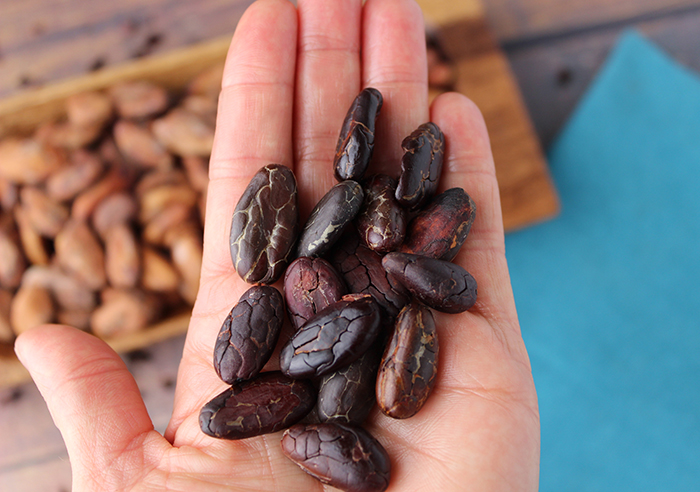
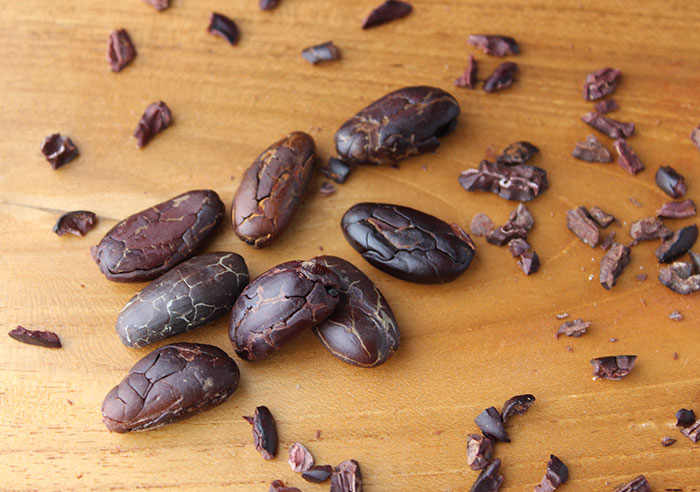
Cacao Fermentation Process
The seeds are first extracted with the pulp layer and allowed to
ferment in wood "sweatboxes" or bins. The white fruit coating
surrounding the bean provides the sugar needed for yeast and microbes to
ferment. During this phase lactic acids form as temperature increases
and the pulp over the first 48 hours loses its moisture content and
disintegrates.
The beans are aerated to promote the growth of aerobic bacteria which will produce required levels of acetic acid. From our research, we have found that most beans experience an average temperature increase of 104-113°F (40-45°C), sometimes up to 122°F (50°C).
As the germ or bud within the seed dies from exposure to heat and acetic acid. This causes subsequent chemical reactions to occur, like the release of enzymes and the breakdown of proteins into amino acids. These are important factors for developing a quality chocolate-like flavor.
Further sweatbox rotation is carefully
achieved to ensure consistent fermentation and the best quality bean. After
this initial phase, beans are dried over the next several days for the
final end result.
3) Cacao is Unprocessed, Cocoa is Roasted
Cacao, unroasted beans or nibs, is the purest form of chocolate that has been minimally processed, only needing a short fermentation period to make them edible to humans. Cacao, at this stage, is more of a whole food in its most unaltered state or "naked chocolate."
When it comes to using the term "raw" in reference to cacao, it really depends on the source and fermentation techniques employed. When a brand specifies that it is a raw cacao product, this means that they have taken steps to ensure minimal temperatures are employed during fermentation.
Cacao, besides beans and nibs, can also come in the form of a cacao powder, paste or butter.
Technically, the point at which a cacao bean becomes a cocoa bean is after it is roasted, which is a standard practice for making most all chocolate products worldwide.
The fermented unskinned cacao beans undergo a roasting process at about 248-266°F (120-130°C). They are then cracked and winnowed to remove skins, creating roasted nibs. The nibs are ground in a mechanical press to produce what is called cocoa "liquor", which is a smooth paste that solidifies into chocolate-like blocks. Though the word "liquor" is used, cocoa liquor does not contain alcohol.
Cocoa liquor is the main ingredient used to make most commercial chocolate bars.
Standard unsweetened cocoa powder is made when most of the fat, or cocoa butter, is separated from the liquor and the remaining material solids are pressed into cakes, dried and powdered.
While some cocoa powder can be of a higher quality than others, all cocoa comes from roasted cacao beans.
4) Cacao Vs Cocoa Taste Differences
For more on the benefits of raw cacao visit our cacao beans page.
One big difference between cacao vs cocoa, especially to the chocolate connoisseur is the taste.
Roasting is primarily done because it is believed by most to improve the flavor, but this is of course entirely subjective. We personally enjoy the taste of raw cacao ground fresh into recipes or using cacao powder or paste to make homemade chocolate bars.
Cacao is often described to have a richer but more bitter, nutty and subtle fruity flavor, in contrast to roasted cocoa which has a toasted slightly sweeter taste.
We have found from our research that heating and toasting cacao is an ancient Mesoamerican tradition when preparing unsweetened drinking chocolate, one of the first ways the beans were utilized for human consumption. Interestingly the Mayan verb for chocolate, chokola’j, is derived from its ritualistic ceremonial use, which means "to drink chocolate together."
Although raw cacao or raw chocolate has become especially popular since the mid 2000's, when it was largely promoted by those adhering to a raw food diet, today most cultures around the world use roasted cacao in the form of chocolate or cocoa products.
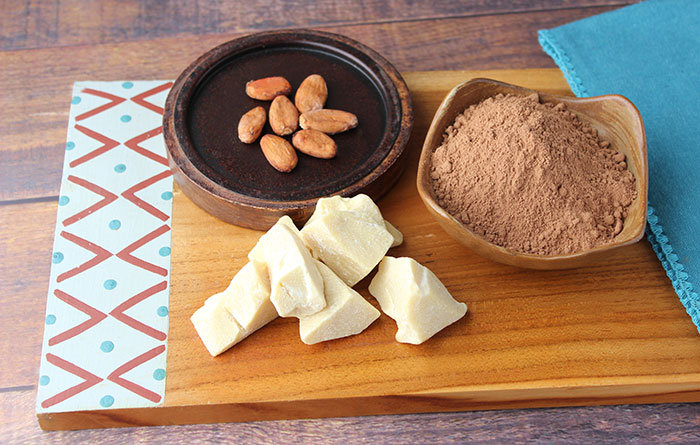
5) Nutritional Value of Cacao Vs Cocoa
It doesn't take much research to discover that cocoa and cocoa liquor based chocolate products, especially dark chocolate, do contain some nutritional value in terms of antioxidants, like the flavonols: epicatechin, catechin, and procyanidins, as well as minerals, according to many studies. (*)
But the question remains, are raw cacao products more nutrient dense than their roasted cocoa-derived counterpart?
Although the powders can look pretty much the same, most cocoa and cacao powders have different nutrient profiles. While some of the health-enhancing properties of cacao are still present in cocoa powder, especially a higher quality one, they are diminished from roasting techniques.
In a 2018 published study results indicated that traditional roasting significantly reduced "the polyphenol content and the antioxidant activity of cocoa beans."
In other research, Dutch-processed cocoa using a chemical alkali has also been shown to substantially reduce flavonoid content. (*)
There is also some evidence of mineral loss when comparing the USDA Food Composition of cacao powder versus cocoa powder, data showed an average of 1/3 or greater loss of some minerals, except for iron.
Cacao Powder - One Tablespoon
- Magnesium - 41 g
- Potassium - 116g
- Calcium - 14 g
- Iron - 0.80 g
- Protein - 4.0 g
Cocoa Powder - One Tablespoon
- Magnesium - 27 g
- Potassium - 82g
- Calcium - 7 g
- Iron - 0.75 g
- Protein - 1.06 g
Nutrition ratios are shown to be affected by roasting methods, temperature and length of time exposed to heat sources.
Whether you chose raw cacao or cocoa-based chocolate, it is BEST to get higher quality organic alternatives to increase your chances that greater nutrients are present. Likewise, the Ecuadorian Arriba Nacional variety or the Peruvian Criollo cultivar, are believed to have a higher nutritional value and antioxidant content over the commercially utilized Forastero and Trinitario varieties.
6) Cacao Vs Cocoa, Theobromine and Caffeine Content
Cacao and cocoa contain substances classified as methylxanthines. These are the main alkaloids known as theobromine, caffeine and to a lesser degree theophylline.
Theobromine, a name of which is derived from the genus Theobroma and Theobroma cacao species, is a bitter alkaloid similar to the structural characteristics of caffeine and its ability to cross the blood-brain barrier and bind to or block adenosine receptors. (*)
Both cacao and cocoa can therefore be stimulating foods, depending on your level of sensitivity. Not necessarily because of small amounts of caffeine content but rather the higher amounts of the energizing theobromine compound.
While it is considered one of the major antioxidants found in dark chocolate or cacao, it can also have similar effects to caffeine but is generally less likely to encourage insomnia or cause anxiety according to some reports.
When comparing the methylxanthines content in cacao vs cocoa in regard to specific ratios of theobromine, caffeine and theophylline, there have been identified differences.
In a 2018 study published in the Journal of Nutrition and Food Sciences, it was shown that a chocolate bar sample containing 100% cacao had the highest concentration of theobromine in contrast to roasted cocoa, which had the lowest amount of theobromine.
These quantities may of course vary depending on quality of the supplier as chemical constituents, such as methylxanthines, are known to increase according to the genotype of the cacao species. (*)
It was also substantiated in research that theobromine loss can occur at the roasting stage due to high temperature and amount of time roasted.
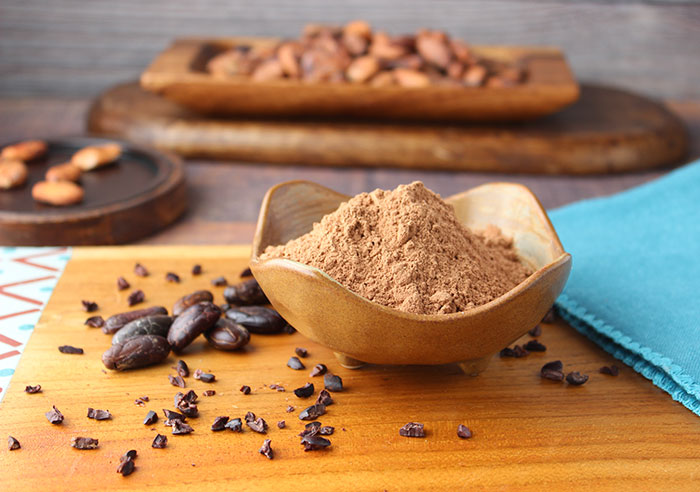
How to Use
Whether you choose to use raw cacao or cocoa-based products, either can be utilized in countless recipes and of course desserts.
For highest nutritional value as well as rich chocolatey flavor, we recommend using freshly ground cacao nibs or beans in raw chocolate bars and protein shakes.
Chocolate in this form is known to synergistically help activate the effects of other superfood ingredients incorporated.
We use raw cacao in a number of our raw desserts such as our:
Keep in mind that addictive tendencies to both cacao vs cocoa are possible. We advise using it in accordance with your own sensitivities and limit intake to special occasions if necessary.
Precautions:
Cacao and/or cocoa is best avoided if you have autoimmune related health issues or sensitivities to foods containing oxalates. Consult your healthcare provider or dietitian before consuming cacao or cocoa products if pregnant, nursing, taking prescribed medications or if you have a serious health condition.
Shop Related Products (About Affiliates & Amazon Associate Paid Links)
Affiliate Disclaimer: This section contains affiliate product links. If you make a purchase through our recommended links, we receive a small commission at no additional cost to you. Thanks for the support.
